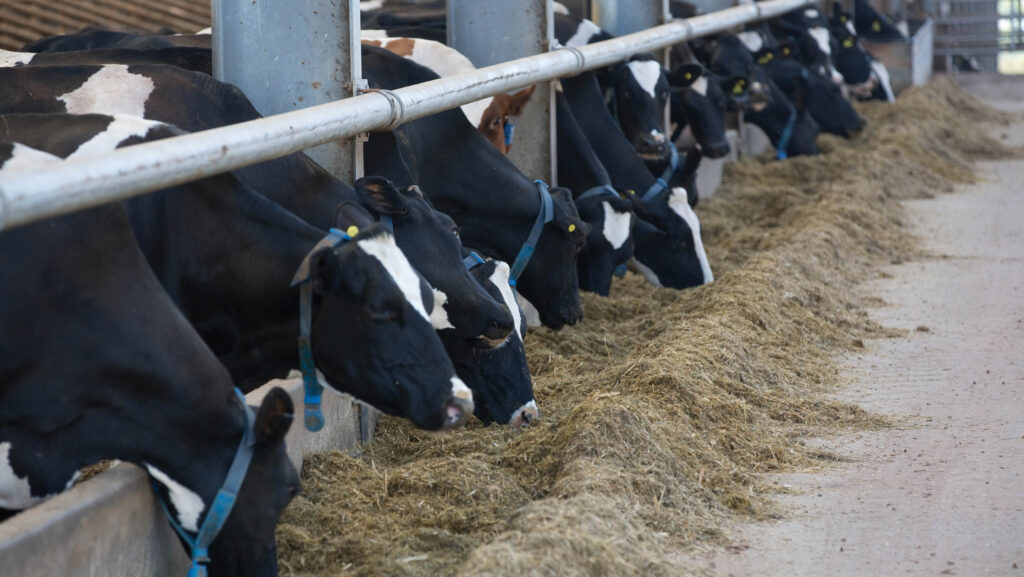Feed efficiency research reveals importance of cow grouping
 © Tim Scrivener
© Tim Scrivener Breeding dairy herds for feed efficiency can be negatively impacted on-farm by managing lactating cows in mixed parity groups.
This is because of competition at the feed bunk and a reduction in eating time in such groups, said Dr Heather White, professor of nutritional physiology at the University of Wisconsin-Madison.
See also: 4 ways to breed your dairy cows to cut feed bills
Heather pointed out that improving feed efficiency is important for farm profitability because feed accounts for half of production costs.
As a result, the heritable differences in how some cows partition nutrients into maintenance and milk production have led to the development of breeding indexes.
In practice, however, things are not so simple: “There is a lot of variable behaviour when cows eat after feed has been put out.
“Some cows rush to the bunk, and others wait and go up later – that’s why you have got to push up feed so there is always food for latecomers. This behaviour can be amplified in situations of overcrowding,” she explained.
Research shows that cows rushing to the feed fence have more competitive interactions once there. They may then have a shorter first visit and get displaced by a more dominant cow, which reduces their efficiency.
Space to eat
When cows with high feed efficiency are able to eat more slowly – because they have enough space – this triggers satiation responses, meaning these cows eat less, said Heather.
In turn, this drives improvements in feed efficiency, regardless of how cows are grouped.
Heather pointed out that simply grouping dominant cows together will lead to more aggression. Instead, farms need to rethink their groups based on parity and ensure that stocking rates allow sufficient feed space.
Dr Heather White was speaking at the recent TotalDairy conference in Stratford-upon-Avon.
